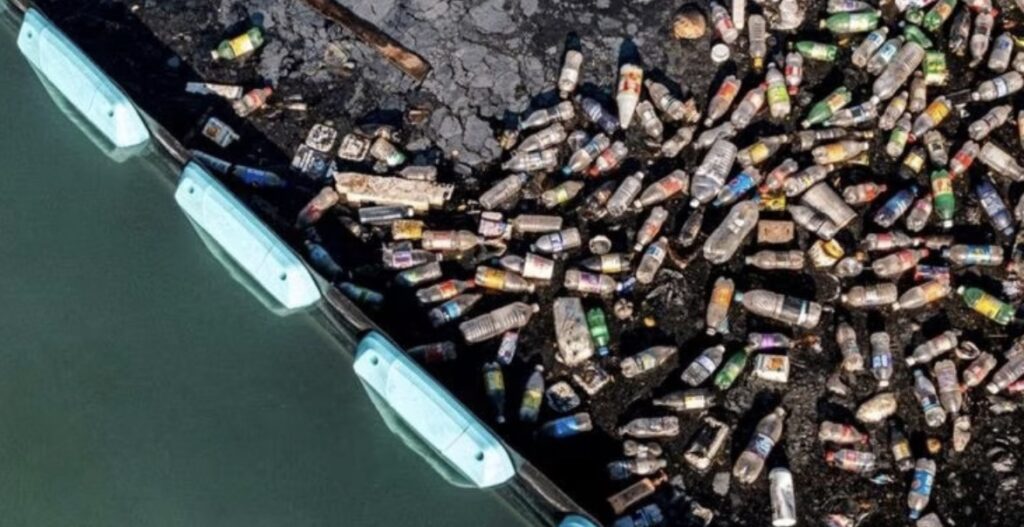Ocean plastic: How tech is being used to clean up waste problem
Trying to solve the world’s ocean plastic pollution problem has been a “long and painful journey” for Dutch entrepreneur Boyan Slat.
The 28-year-old founder of non-profit environmental organisation The Ocean Cleanup has been working on ways to filter plastic waste out of the Pacific Ocean for nearly 10 years.

He told BBC News it has been harder than he ever imagined it would be.
“The planet is pretty big, it turns out,” Boyan said.
“There’s about 1,000 rivers we need to tackle and five ocean garbage patches, [so] the first few years were really about trying to understand the problem.”
The world’s biggest area of accumulated ocean plastic, commonly dubbed “the Great Pacific Garbage Patch“, is located in the North Pacific Ocean.
Containing a huge build-up of plastic debris ranging from large fishing nets to flake-sized microplastics, it has been one of the main targets for The Ocean Cleanup team.
Casting the net
The Ocean Cleanup uses a long, u-shaped barrier, similar to a net, that is pulled through patches of rubbish by boats. It moves slowly to try to avoid harming marine life.
Cameras powered by artificial intelligence (AI) are used to continuously scan the ocean’s surface for plastic and calibrate the team’s computer models, helping them understand which parts of the Pacific area to target.
“When you look at the Great Pacific Garbage Patch, there’s some areas that have a very high density of plastic and other areas that are virtually empty,” he said.
“If we are continuously cleaning up inside those hotspots, we can of course be a lot more effective in our clean-up operation.”
Plastic collected by the 800-metre-long (2,600ft) system, the second of its kind developed by the company, is periodically taken to land and emptied for recycling.
Boyan said the system has so far cleaned up almost 200,000 kilograms (440,000 lbs) of ocean plastic.
While this represents just 0.2% of the 100 million kilograms of plastic contained in the world’s largest patch of plastic rubbish, he said it was still worth it: “Everything big starts small, right?”
The team believes it will have collected 1% of the patch by the end of this year using its current system – but they are scaling up their operations to try to clean up patches faster.
They are developing System 3, a 2.4km (1.49 miles) long giant barrier, for use in the summer.
And The Ocean Cleanup hopes that rolling out 10 of these larger systems in the near-future could clean up to 80% of the North Pacific’s plastic debris by the end of the decade.
Source: BBC
You must be logged in to post a comment.